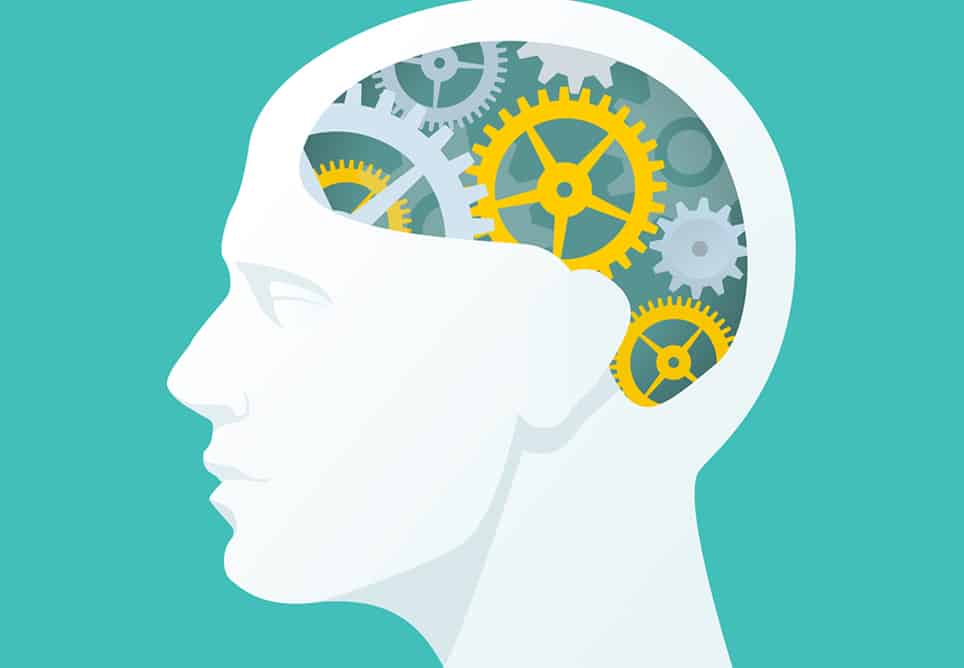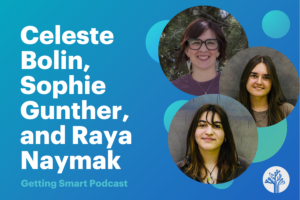8 Ways Machine Learning Will Improve Education

It was the constant stories about self-driving cars that made machine learning the breakthrough tech topic of 2015. Five years ago news stories talked about robots that could do repetitive tasks, but they said real complex tasks requiring seasoned judgement—like driving a car—were years away. Then cars started driving themselves. It turns out that computers are getting smart faster than most predicted.
Machine learning, a subset of artificial intelligence, is an effort to program computers to identify patterns in data to inform algorithms that can make data-driven predictions or decisions. As we interact with computers, we’re continuously teaching them what we are like. The more data, the smarter the algorithms become.
Pedro Domingos, author of the The Master Algorithm, said machine learning is the new switchboard for Higher Education. Machine learning is the new weapon attacking cancer, climate change, and terrorism. It’s the new infrastructure for everything.
In the spring of 2014 data privacy (and over-testing) concerns rose to the forefront of the US K-12 dialog. By October more than 100 EdTech vendors had signed a data privacy pledge.
In 2015, our SmartParents series argued that data is key to personalized learning and that parents should have access to student data and should be able to decide with whom to share portions of that data—requiring policymakers to embrace personalization and privacy.
This year it became apparent that machine learning and other big data strategies are quietly improving formal and informal education in many ways:
- Content analytics that organize and optimize content modules:
- Learning analytics that track student knowledge and recommend next steps:
- Dynamic scheduling matches students that need help with teachers that have time:
- NewClassrooms uses learning analytics to schedule personalized math learning experiences.
- Grading systems that assess and score student responses to assessments and computer assignments at large scale, either automatically or via peer grading:
- Pearson’s WriteToLearn and Turnitin’s Lightside can score essays and detect plagiarism.
- Process intelligence tools analyze large amounts of structured and unstructured data, visualize workflows and identifying new opportunities:
- BrightBytes Clarity reviews research and best practices, creates evidence-based frameworks, and provides a strength gap analysis.
- Enterprise Resource Planning (ERP) systems like Jenzabar and IBM SPSS helps HigherEd institutions predict enrollment, improve financial aid, boost retention, and enhancing campus security.
- Matching teachers and schools:
- MyEdMatch and TeacherMatch are eHarmony for schools.
- Predictive analytics and data mining to learn from expertise to:
- Map patterns of expert teachers
- Improve learning, retention, and application.
- Lots of back office stuff:
- EDULOG does school bus scheduling
- Evolution, DietMaster.
Learning will remain highly relational for most of us, but those relationships will increasingly be informed by data as a result of machine learning in education. Students, parents and advisors will make more decisions about learning pathways, but those decisions will be nudged and guided by informed recommendations.
In the coming year, every faculty should discuss the coming impact of big data—and ask students to do the same.
For more blogs on trends from this year, check out:
Stay in-the-know with all things EdTech and innovations in learning by signing up to receive the weekly Smart Update. This post includes mentions of a Getting Smart partner. For a full list of partners, affiliate organizations and all other disclosures please see our Partner page.







Tom Vander Ark
Read Economist interview with Sebastian Thrun, founder of Udacity: http://www.economist.com/news/technology-quarterly/21662654-sebastian-thrun-pioneer-googles-autonomous-cars-wants-teach-people-how
“Machines will eventually outsmart people in every dimension. They are becoming more capable at a faster pace than people and therefore will effectively outsmart us in a short amount of time,”
Mr Thrun now believes that education is the best way to tackle the big upheavals that are likely to spring from the widespread adoption of artificial intelligence and robotics. But not education as you might know it. “We are still living with an educational system that was developed in the 1800s and 1900s,” he says. “Needs have shifted in the modern age and what’s also shifted is our ability to use digital media. We can now deliver a top-notch education at home in a way that was never possible before.”
Mr Thrun insists that nanodegrees are distinct from massive open online courses (MOOCs), the digital lecture series which are now offered by many higher educational institutions. Udacity analyses individual students’ learning data (using AI) in an attempt to increase their retention and completion rates. “We effectively reverse-engineer the human learning brain to find out what it means for a person to engage,” says Mr Thrun.
Tom Vander Ark
Also see this post on how deep learning will improve personalized learning
http://www.martechadvisor.com/articles/interactive-content/what-deep-learning-has-to-offer-to-the-future-of-online-personalization/
Jef
What about machine learning for more accurate early warning systems that also identify what can be done to reduce a learners' probability of failing?
Benedict
Amazing post Tom, machine learning is truly amazing technology that i believe will not only change education, but every other industry